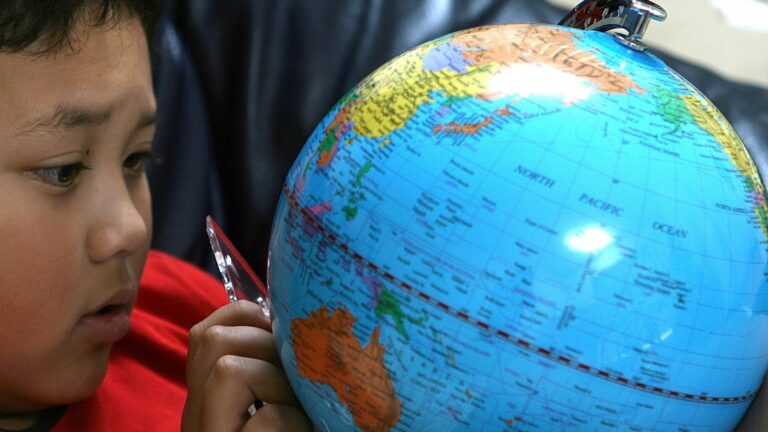Monitoring development is a complex area and not without unsettled issues. Those include insufficient data and limited consensus on how to measure progress. This also reflects upon monitoring progress towards achieving SDGs.
Perhaps the primary issue with measuring development is unavailability of data. All measuring is confined to official data, but there is so much going on in the informal sectors. This is especially true for developing countries, where much of education is being carried out informally, a lot of energy is being consumed through firewood, and a lot of women labor never gets reported and so on. The poor data collection capacity in the developing world adds on to the issue.
According to the acclaimed Stiglitz-Sen-Fitoussi Report, measuring development is further complicated by the limited consensus on how to measure it. Ever since introducing the Human Development Index in 1990, which replaced the old language of growth with the idea of development, the measuring systems proliferated a lot. They range from some mainly evidence-based rankings, such as Ease of Doing Business Index, to some of the more subjective approaches, such as World Happiness Report. Today there are all sorts of parallel measuring indices, metrics, and rankings. Some are currently being developed, such as Food Waste Index, for example.
There is probably no better context than Agenda 2030 for testing the various development measuring systems. Upon adopting the SDGs, an Inter-agency and Expert Group on SDGs Indicators (IAEG-SDGs) was created to develop a global indicator framework, taking also into consideration the methods and tools in place. However, upon its launch in 2017, the framework was far from complete, reflecting the difficulties associated with monitoring development described above. As a preliminary solution, a system of tier classification has been introduced. Indicators with a clear and well-established methodology and data available in all regions were marked as Tier I, while the ones missing regularly produced data were classified as Tier II, The most problematic were Tier III indicators, as they would have no agreed methodology. Although IAEG-SDGs managed to eliminate all Tier III indicators by now, almost half of all indicators today are still Tier II, A quick glance reveals that some of the least measured goals are SDG5 on gender equality, SDG11 on sustainable settlements, and SDG16 on peace and justice.
2020 marks five years through the SDGs implementation, but measuring progress towards their achievement is still problematic. At the time of writing this article, IAEG-SDGs is holding its eleventh meeting to further refine the indicator framework. Given the Covid-19 pandemic, it is also their first meeting held virtually which further challenges its work. It is hoped however that the Group will be able to address the gaps as soon as possible and reach stability of the indicators framework so that it serves its purpose of monitoring progress towards achieving SDGs in the decade left.


